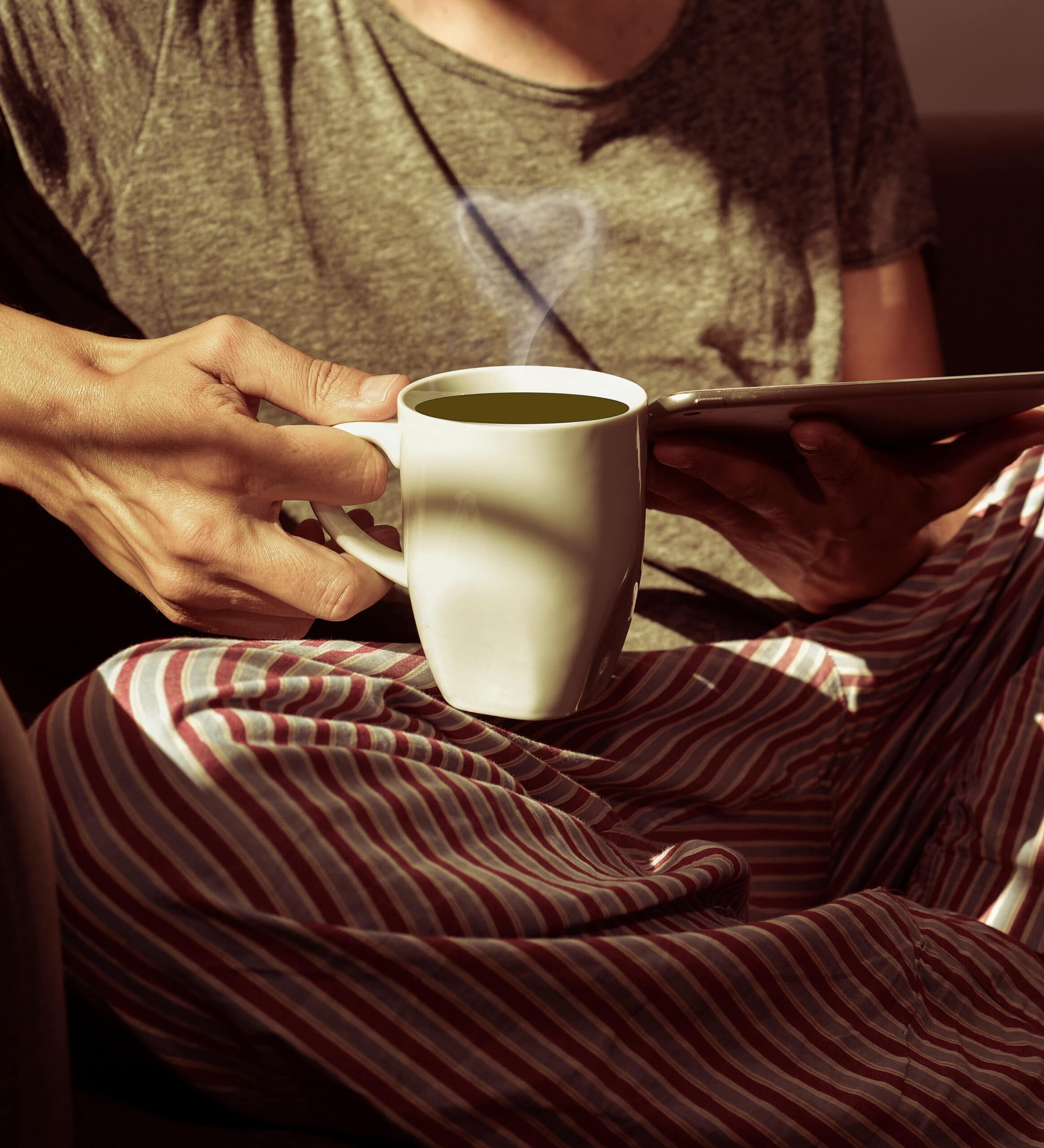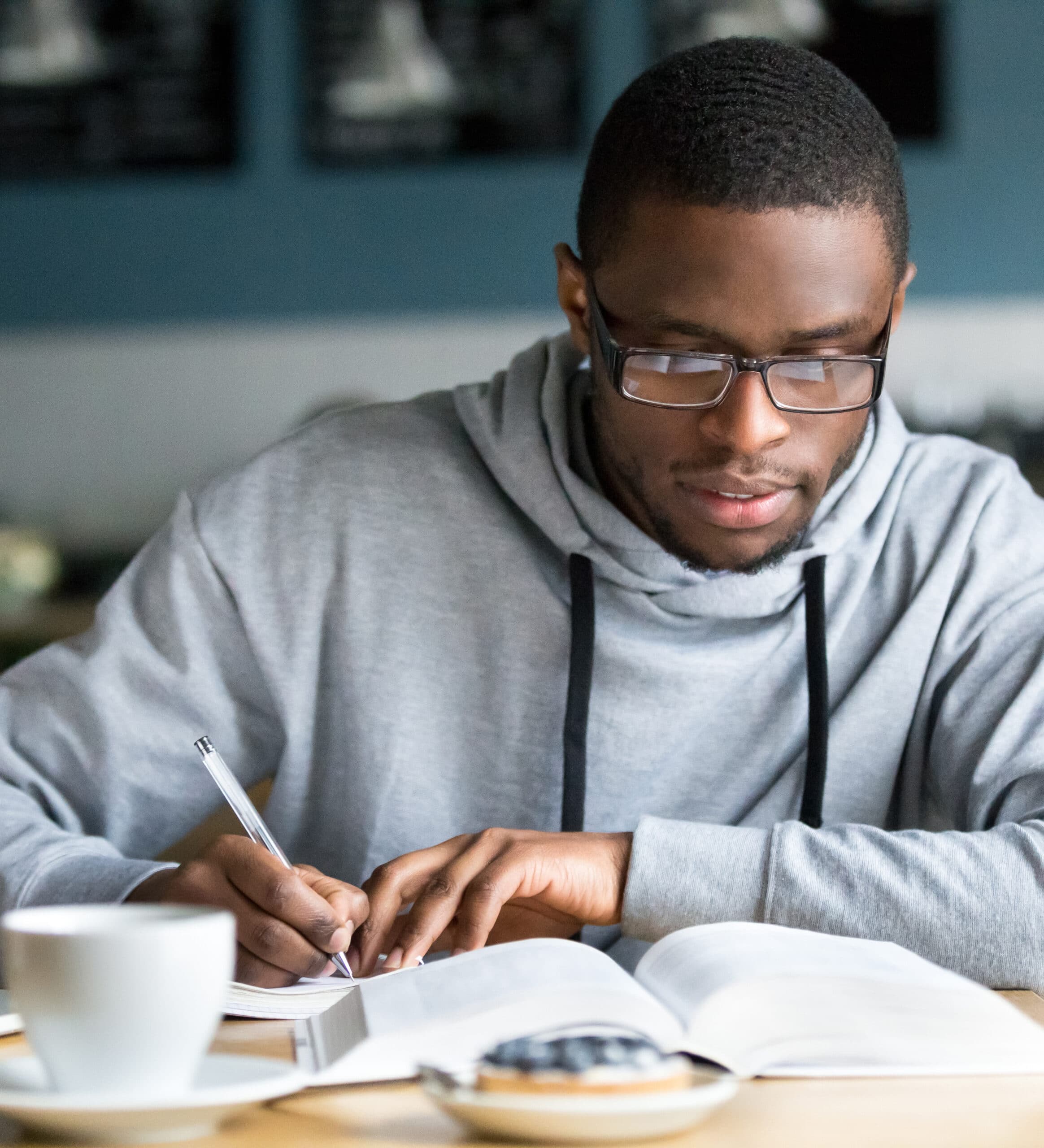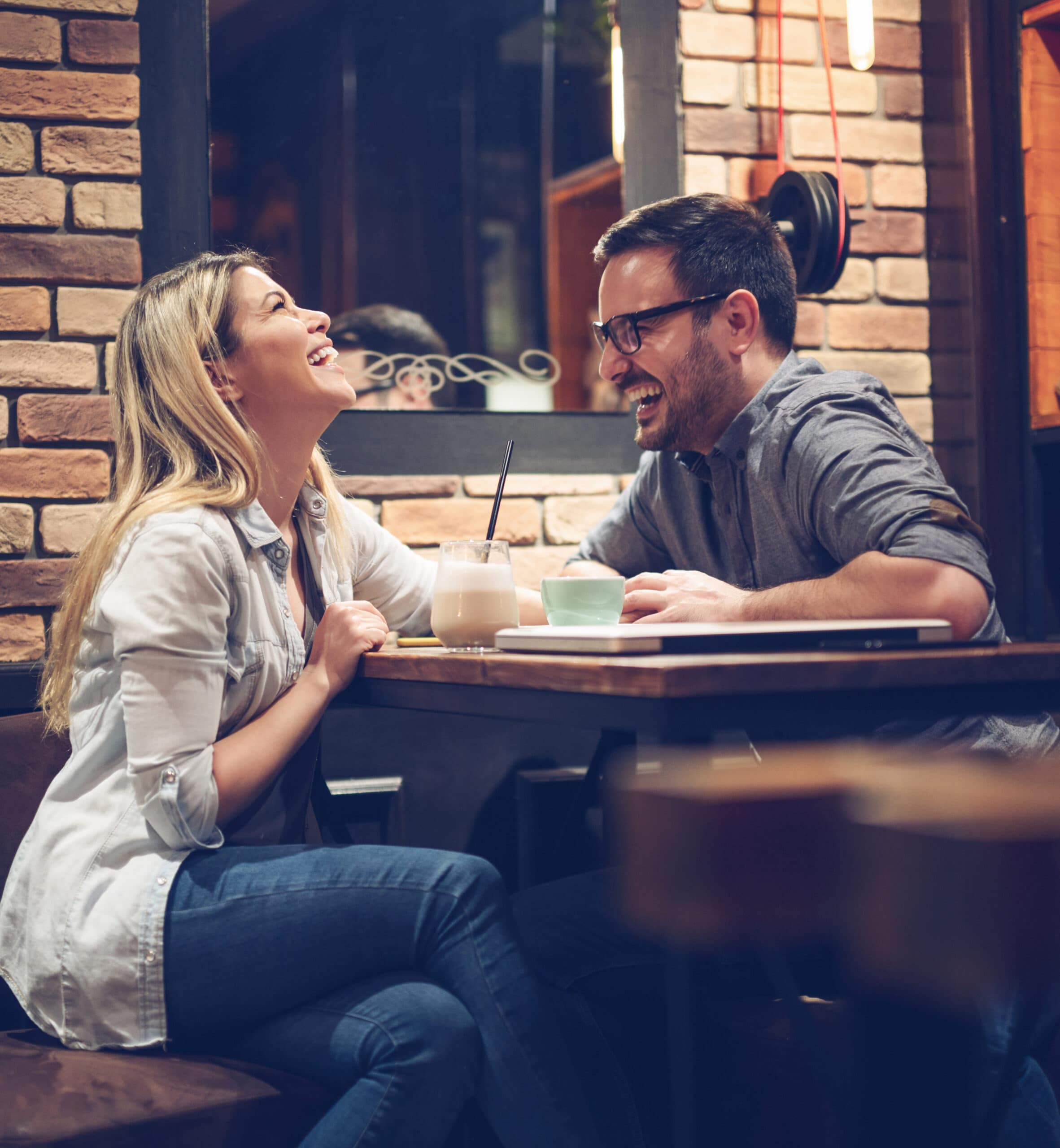THE “COFFEE PRESCRIPTION”
Wake up. Drink coffee. Get to work. Drink coffee. Afternoon slump? Drink coffee. Post-work event? Drink coffee.
Mornings
As your cortisol levels begin to subside during your body’s awakening process, following it up with a delicious light roast coffee will work to enhance your morning ritual while giving you the boost you need to start your day off right. Since light roast coffees have more caffeine than your darker roasts, they are the perfect morning companion for coffee lovers and caffeine connoisseurs in need of immediate energy.
Did You Know?
As coffee beans continue to roast; they lose water and increase in volume. Dark roast beans will weigh less and be slightly larger. When the Light and Dark grounds are compared by volume, the light roast will be denser, weigh more, and contain more of the original caffeine from the original green coffee bean. That said, if you’re looking to wake up fast, go with the light roasts.



Afternoons
As you go about your busy day—behind a desk, climbing a ladder, or chasing the kids—the post-lunch energy crash becomes inevitable. A great Medium Roast Expresso about 30 minutes before the slump hits is a perfect way to keep that much-needed energy flowing and get you through the rest of your day.
Did You Know?
Medium Roast Coffees’ unique taste comes directly from the artisan roasting process. As the beans continue to roast, they lose some of their innate floral flavors—often present in Light Roasts—resulting in a bold and balanced taste that boasts a medium amount of caffeine. This makes Medium Roast Coffee the perfect option for sustaining energy throughout the day without giving you the jitters.
Evenings
After a hard day’s work, many coffee lovers crave another cup of greatness for the drive home. However, since the half-life of caffeine is 5-6 hours, drinking another caffeine-heavy cup at 5 p.m. may interfere with your sleep, since only half of the caffeine will be out of your system by 10 or 11 p.m. That said, a lovely Dark Roast Espresso that sustains all the elements of the perfect coffee bean can provide the right punch of energy without keeping you up at night.
Did You Know?
When it comes to Dark Roast Coffee, the country of origin flavors are almost completely lost during the roasting process, giving it that very bold and smoky taste. The bolder, robust taste of a Dark Roast coffee is often associated with higher levels of caffeine, however, the taste of a Dark Roast coffee shouldn’t be used as the only indicator of a Dark Roast’s level of caffeine.

How to Determine Caffeine Volume
Essentially, the amount of caffeine in your coffee is determined by four factors: coffee bean type, style of roast, preparation, and serving size. This amount varies ranging from almost zero to over 500 mg, depending on these four factors:
- Coffee bean Type: The wide varieties of coffee beans naturally mean different amounts of caffeine from type to type.
- Style of roast: Darker Roasts have a deeper flavor, while Lighter Roasts may have more caffeine.
- Coffee type: Caffeine content varies between decaf, instant, espresso, and regularly brewed coffee.
- Serving size: Considering the first three factors, a serving size from 1–24 oz. (30–700 ml) will importantly determine the amount of caffeine in your coffee.
The main determinant of caffeine content is the type of coffee you are drinking; the average caffeine content of an 8-oz, brewed cup of coffee is 95 mg. A single espresso or espresso-based drink contains 63 mg, and decaf coffee contains about 3 mg of caffeine (on average).
Here is a list of coffee types and their caffeine content:
- Brewed Coffee / regular coffee
- (8 oz.) contains about 70–140 mg of caffeine, or about 95 mg on
average
- (8 oz.) contains about 70–140 mg of caffeine, or about 95 mg on
- Espresso
- Espresso has more caffeine per volume than regular coffee; it
usually contains less per serving, since espresso servings tend to
be small. - One shot of espresso is generally about 30–50 ml (1–1.75 oz.)
and contains about 63 mg of caffeine. - A double shot of espresso, therefore, contains roughly 125 mg of
caffeine.
- Espresso has more caffeine per volume than regular coffee; it
- Espresso-Based Drinks
- These drinks contain the same amount of caffeine as straight
espresso. - A single (small) contains about 63 mg of caffeine on average, and
double (large) contains about 125 mg.
- These drinks contain the same amount of caffeine as straight
- Instant Coffee
- Usually contains less caffeine than regular coffee, with one cup
containing roughly 30–90 mg.
- Usually contains less caffeine than regular coffee, with one cup
- Decaf Coffee
- Contain varying amounts of caffeine, ranging from 0–7 mg per
cup, with the average cup containing 3 mg. - However, some varieties may contain even higher amounts of
caffeine, depending on the type of coffee, method of
de-caffeinating, and cup size.
- Contain varying amounts of caffeine, ranging from 0–7 mg per
BEFORE YOU GO
Sign up to receive the Blackwoods Coffee Newsletter…
You will receive occasional newsletters about the best coffees, coffee shops, brewing equipment and apparel. Plus special updates and discounts from Blackwoods Coffees’ online Store…


